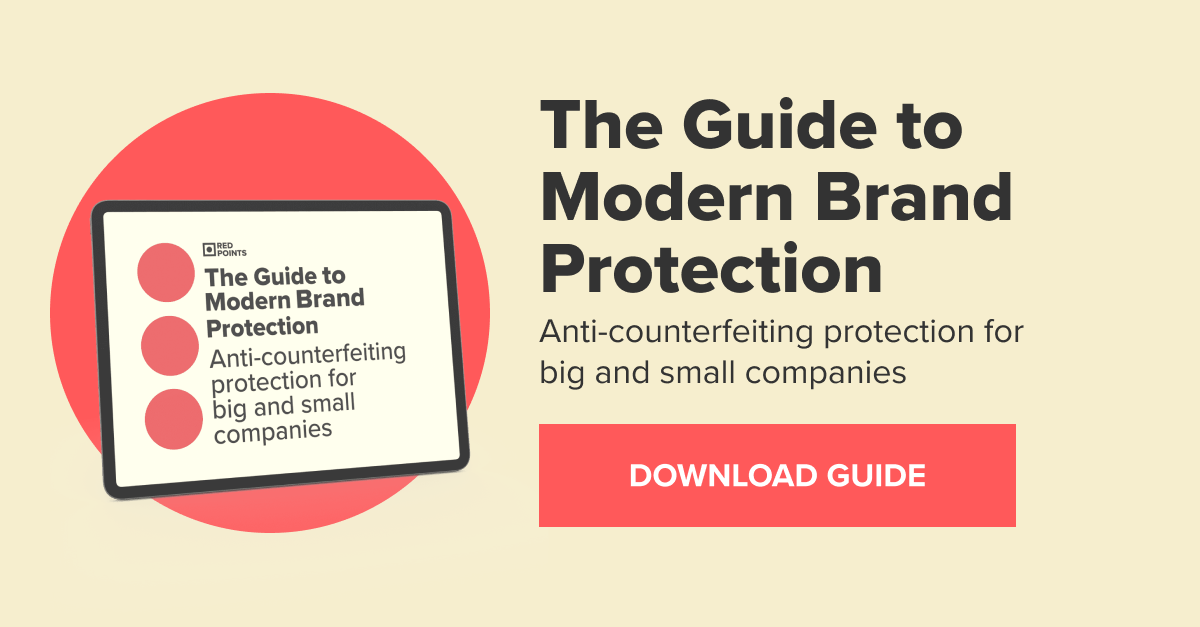Brand loyalty is more important today than ever before, owing largely to the boundless options of the internet, the convenience of online retail, and the rise of ethical consumerism. Trying to succeed with an unmemorable (or unpopular) brand will inevitably see you overlooked — consequently, you need to be very wary of effects that can cause brand devaluation.
It’s easier said than done, however. The digital world brings as many threats as it does opportunities, and there’s no shortage of ways in which a brand can suffer devaluation. The more you know about them, the better you’ll be able to guard against them. To that end, let’s take a look at 6 of the most worrying threats to the potency of your brand.
Your software can be pirated
Software piracy has been a huge source of frustration for software developers and sellers alike, even before the internet reached mainstream viability. Essentially, because software is technically just code, it can simply be copied 1:1 if left unprotected — and when copy-protection was introduced to combat it, it often created more problems than it solved.
These days, there are effective tools for minimizing software piracy — such as Denuvo for games — but there’s never a magic bullet solution. Denuvo seemed strong at first, but cracks eventually began to appear (figuratively and literally). Even if you design a tool to require a hardware dongle, someone will find a way to patch out the requirement.
Consequently, it’s often more effective to simply monitor illegal appearances of your software and issue takedown requests in a prompt fashion. You can save money on ineffective digital rights management (DRM) software, and ultimately get similar results and avoid brand erosion.
You can slash your prices
Every business has lean times — stretches of the year during which sales fall and budgets become tighter. When you’re going through such a time, it’s mission-critical that you don’t panic. Take the time to comprehensively assess the situation. Why? Because businesses that don’t often decide to slash their prices in an effort to drum up new business.
And sure, that can work in the very short term, but it’s ultimately a counter-productive move, because it gets people used to your drastically-lowered prices. They start to question the value of the products or services (“if they’re so good, why are they so inexpensive?”) — and even if they’re no less interested, they’ll come to think that if they just wait for long enough, you’ll eventually slash your prices again.
The solution is simple: aim to keep your prices stable to maintain value, and stick to offering mild discounts. You can still have occasional giveaways because they implicitly preserve value through being isolated events, but otherwise, don’t waver. If your sales take a hit, either wait for things to turn around, or find fresh ways to tempt people.
It can be undercut by fake sellers
When you work hard to establish your product as a valuable item, it inevitably becomes a target for those who want to take advantage of that cultural cachet. This is why the sale of fake products has become a blight across original ecommerce sites and marketplaces alike: eBay and Amazon are rife with fraudulent listings that are added as quickly as they’re removed.
There are various problems with this:
- Sellers offering fake products can obviously charge much less, contributing to the perceived devaluation of the real products.
- When someone buys a fake product thinking it’s the real thing, any dissatisfaction they have with the quality will go towards you.
- Sellers can list falsehoods about your product on various sites, causing people to become confused about what it actually does and consists of.
One of the core problems with preventing this type of activity is that the convenience of modern ecommerce is a double-edged sword: the easier it is for a legitimate seller to operate, the easier it also gets for criminals to skirt regulations. Notably, after becoming extremely popular in the entrepreneurial world, online retail giant Shopify had to start figuring out how to police users of its easy ecommerce business creation tool to stop fraudulent sellers taking advantage of the service. Even when major platforms cast them out, though, those sellers can always find alternatives — they can use generic templates and cheap hosting from across the world to create fresh copies of their fraudulent sites over and over again.
In short, as long as it’s easy for legitimate sellers to get started, there will be easy opportunities for frauds — and because the stores and fake listings will invariably appear, you need to do everything you can to combat them. Using an automated fraud detection process will help keep your brand protected without taking up too much of your time or money.
You can make a social media misstep
Social media firestorms can ravage even the hardiest businesses if they don’t respond correctly — and it only takes a slight mistake to start a blaze. Comment on something overtly political through Twitter, and you roll the dice: maybe you’ll get plaudits from a supportive majority, or maybe sentiment will side against you and sink your appeal.
This is frustratingly plausible because of how hard companies are working to build up social media followings. They understand how important it is to move with the times, and respond accordingly, never quite realizing how agonizingly risky it is to post on Facebook. All it takes is a low-level employee to forget the all-important brand style guide and say something they’re not supposed to.
To combat this, avoid controversial topics on social media unless you’re absolutely sure your comments will be received well (unlikely, but possible), and ensure that everyone with account access has social media training.
A loyal customer can become a critic
If a random person complains about your business (whether through social media or a business network), it likely won’t affect you too much — but if one of your most loyal customers turns against you, it can be enormously damaging. It’s all down to the perception. Loyalty is everything, so when someone who was one of your staunchest defenders starts being negative about you, that’s a clear sign to impartial observers that you’re making huge mistakes.
The more prominent the customer, the greater the potential damage. Suppose you had a celebrity customer who’d spoken about you on numerous occasions and even provided a glowing testimonial for your homepage — now imagine them giving an interview in which they clearly stated that they were done with you and had found a much better alternative.
After that kind of blow, it would be really hard to present your brand as a solid bet for the future. You’d seem like old news — a company to be forgotten about. This is why you must keep your most loyal (and vocal) customers happy with your business. If you need to go the extra mile (or several extra miles), then do it. The alternative doesn’t bear thinking about.
Influencer marketing can go wrong
We live in a time of influencers holding immense power in the marketing industry, and that power is sought after by the biggest brands in the world. They reach out to those with large followings and a lot of sway over how they live and shop, and find ways to promote their products or services (typically buying ad placements and/or collaborating on content).
If you spot a major influencer in your niche who can offer you a solid advertising deal, shouldn’t you go for it? After all, it’s far more in vogue than traditional marketing methods, and can be extremely effective. But it’s also incredibly dangerous because when you work with an influencer, you indelibly associate your brand with theirs — so if they fall from grace, as can happen very easily, they’ll damage your business in the process and erode your brand value.
Imagine arranging a deal with a popular influencer, only for them to be arrested for major criminal activity and be revealed as a long-term scam artist. Their content promoting you would still be around, making you look bad, and it would be even worse if scheduled content kept going out while they were being processed in the public eye. In short, be very careful how you deploy your brand — when in doubt, protect it.
Conclusion
The value of your brand should grow as your company does, gathering momentum all the while, and losing it would be a devastating blow. Sadly, any one of these scenarios can come to pass — that’s why you need to stay on your toes and work diligently to protect your business to whatever extent you can against these causes of brand devaluation.







